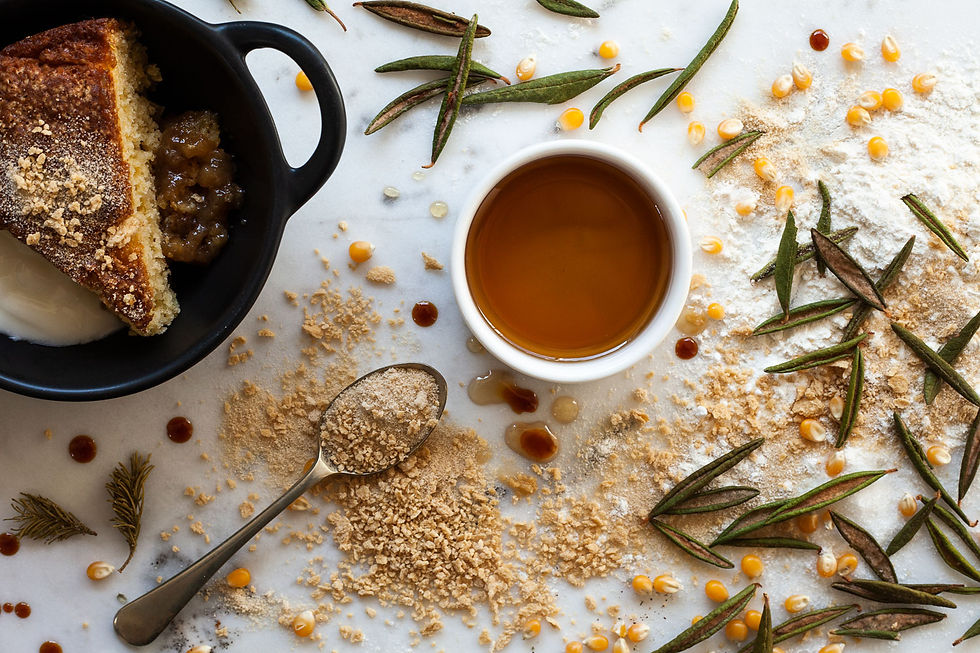Flavours that bring you home
- Annemarie Bolduc

- Oct 24, 2020
- 2 min read
Updated: 6 days ago
As a Canadian food enthusiast in Australia, I passionately blended influences from both cultures to create Snowy Foodie. Here is a little more about the unique project.

The province of Québec, where I’m from, and the High Country region of New South Wales, where I now live, are both featured throughout this blog. This project began during my first year as an expat. Initially, I started creating a family recipe book as a way to ease homesickness. Over time, the idea evolved as I found myself producing food content inspired by both my native and adoptive countries. For years, I worked from home, experimenting and learning everything I could about food photography, styling, gardening, and cooking. In 2020, after a bushfire evacuation and during a pandemic lockdown, I finally felt confident enough to share my work online and continue developing my practice. Some articles and recipes featured on this blog may be more relevant to Australians, and others to Canadians. But many posts may also resonate with a global audience, especially those who, like me, have moved abroad for love and are navigating life between two cultures.

What defines Canadian and Australian cuisine is a complex question. In both cultures, you’ll find traditional dishes rooted in colonial history, later transformed by waves of international influence. In recent decades, there’s been a growing movement to return to local eating and rediscover native foods. Canada and Australia share a sensitive history of colonisation, and it has taken time to recognise the value of Indigenous knowledge in gastronomy (among many other areas). While boreal forest foods and bush tucker are celebrated in gourmet and tourism-focused cuisine, they are still rarely incorporated into everyday home cooking. Yet these ingredients hold immense nutritional, culinary, and cultural value. I encourage everyone to explore the flavours of the wild: support Indigenous-owned food shops online, take part in wild foraging workshops with experts, plant an edible native garden, and seek out cookbooks on the subject. Learning about a region’s cuisine through its nature and history is a meaningful and rewarding experience.

The relaxed Aussie approach has taught me that cooking doesn’t always have to be complicated. With just a few good ingredients and seasonal produce, it’s easy to create satisfying meals and get inventive in the kitchen. In Québec, we can be a bit more particular about certain ways, but I feel that culinary habits and tastes have become more flexible and sustainable in both places. If you’re curious to learn more about Canadian and Australian food cultures of yesterday and today, I invite you to follow my new Instagram account @snowyfoodie and Facebook page. My upcoming cookbooks will explore these cultural themes in more depth, starting with Québec Kitchen Abroad!



